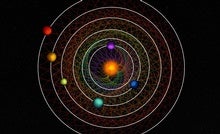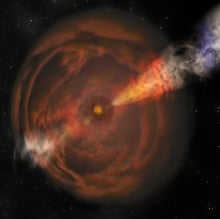 |
| November 30, 2023 |
Whether we're talking about a memorable year, a great Thanksgiving dinner, or a historic human outpost in low-Earth orbit, the same sentiment holds: all good things must come to an end. That's the theme of this week's top story, which details NASA's complicated plans for deorbiting the International Space Station (ISS)—and explains why the aging habitat can't simply be preserved as a museum-style artifact in space. Once you've come to terms with the ISS's inevitable fiery demise, consider sampling from our cornucopia of other essential articles, which include pieces on China's ambitious Xuntian space telescope, a mysterious ultrahigh-energy cosmic ray from "nowhere," the deep connections between mathematical graph theory and Vanuatu's traditional sand drawings, and much, much more. Enjoy! |
| |
 |
| |
| |
| |
| |
| |
| |
| |
| |
| |
| |
| |
| |
| |
| |
| |
| |
FROM THE ARCHIVE
 | | | |
LATEST ISSUES
 |
| |
| Questions? Comments?  | |
| Download the Scientific American App |
| |
| |

























